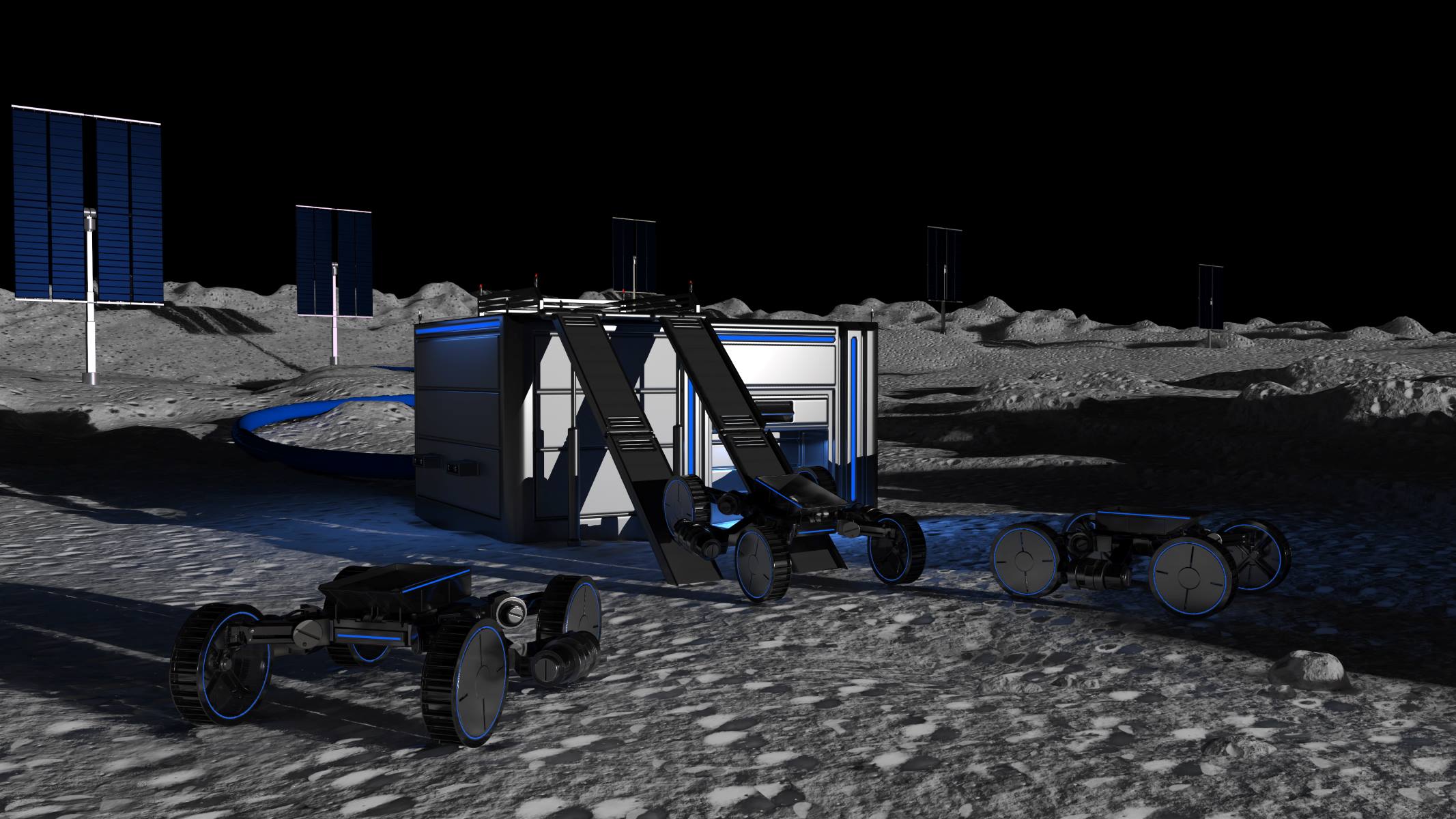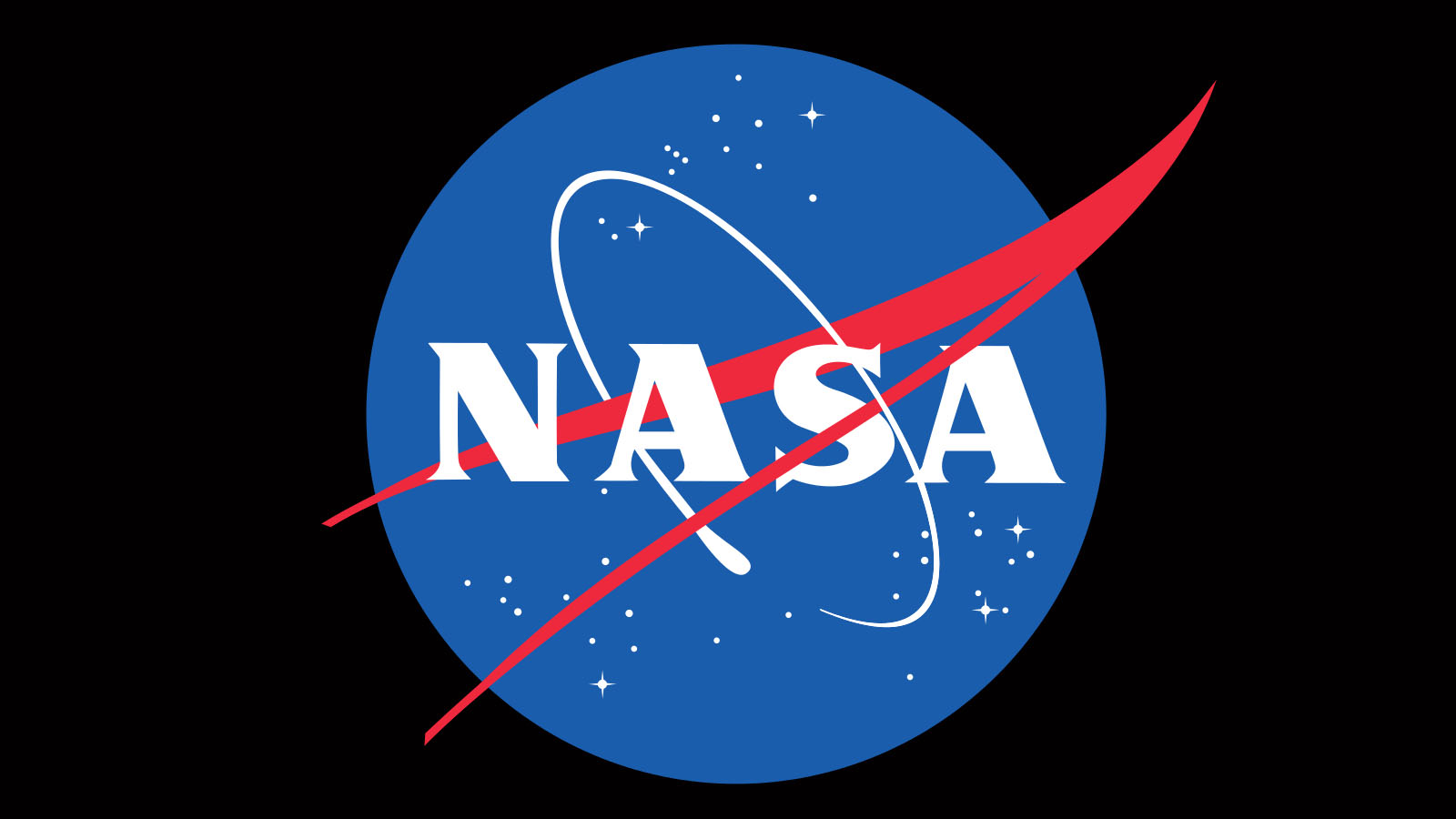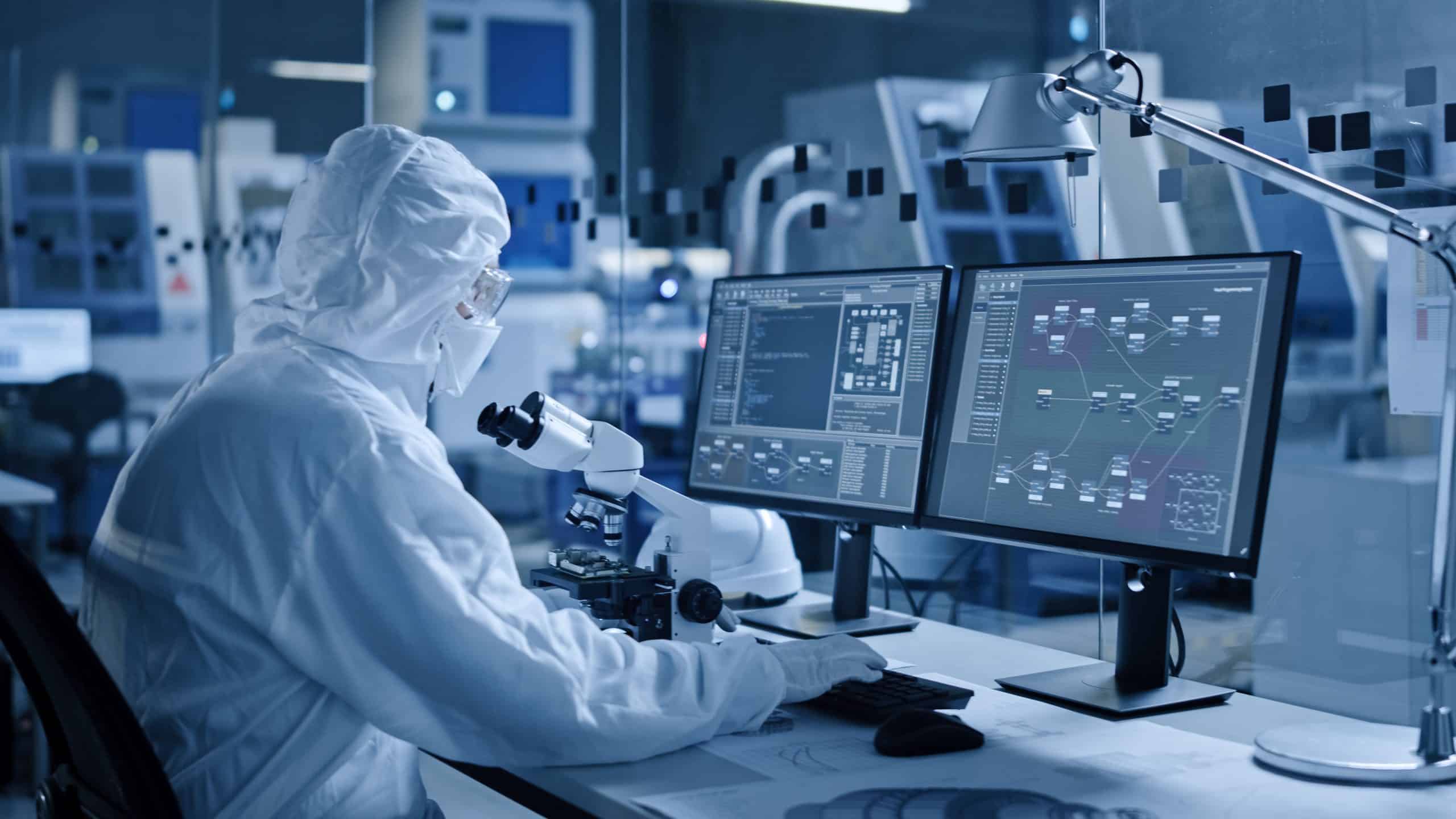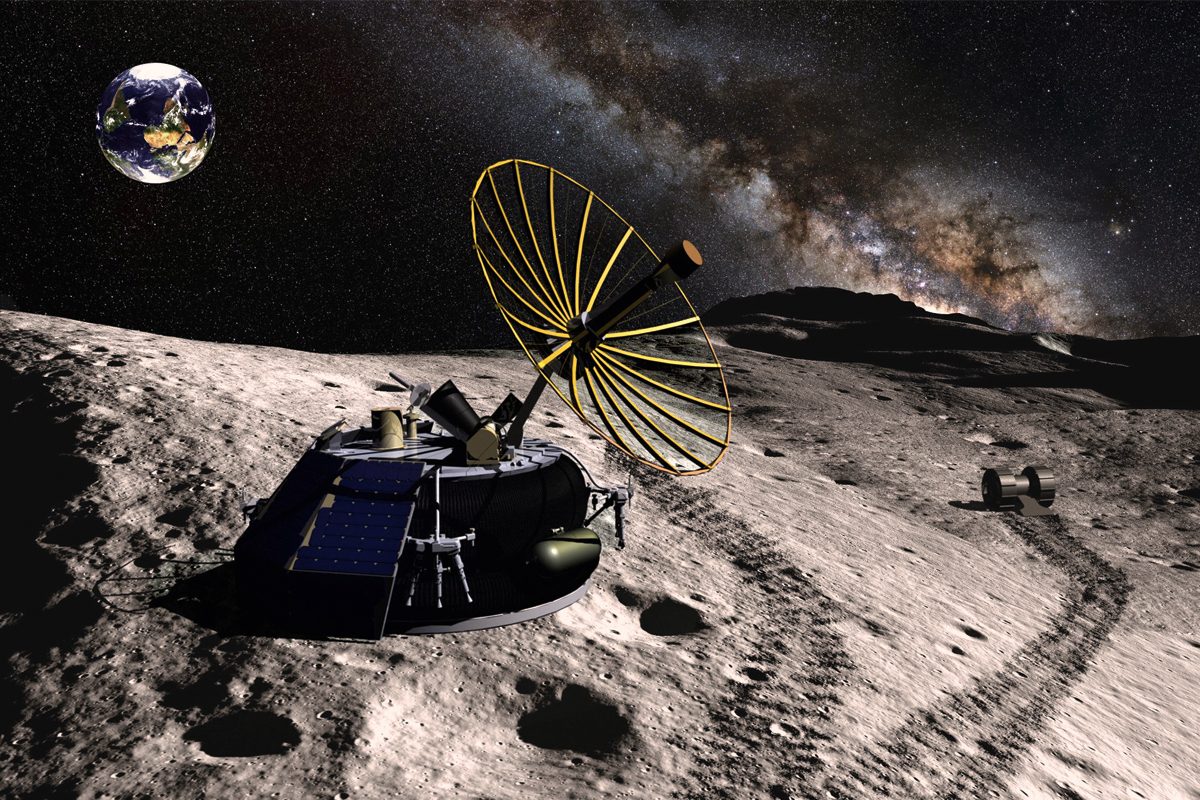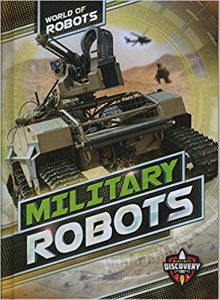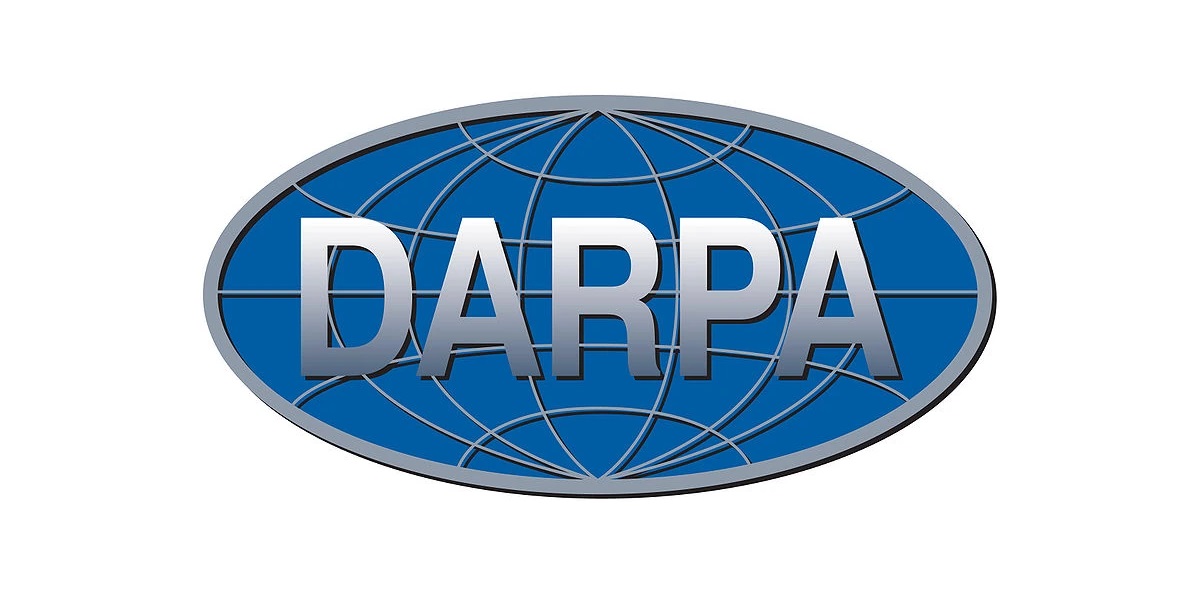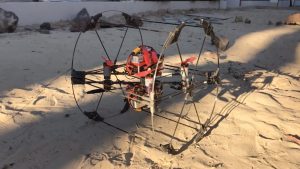In a groundbreaking development, Starpath Robotics has revealed its grand plan to mine and refine water for rocket propellant on the moon and Mars. The company aims to design, launch, and operate a fleet of mining machines to extract water resources from celestial bodies. This innovative approach allows for the production of rocket fuel and lays the foundation for the establishment of self-sustaining human colonies in space.
Key Takeaway
Starpath Robotics unveils its vision to mine water on the moon and Mars, opening up possibilities for self-sustaining space colonies. By extracting and refining water resources, the company aims to produce rocket propellant, driving advancements in space exploration. Propelled by the potential of commercial lunar Starships and attracting investor interest, Starpath Robotics is poised to revolutionize space exploration in the coming years.
Mining Machines and Refineries Unleashed
Starpath Robotics envisions a fleet of approximately fifty mining machines that will traverse the lunar and Martian surfaces, diligently collecting vast quantities of dirt. This dirt will then be transported to processing plants or refineries, where it will undergo purification to transform it into water. The next step involves separating the water molecules into their constituent atoms, effectively creating liquid oxygen (LOX) which is a vital component of rocket propellant.
While the moon and Mars possess abundant water resources, accessing them poses considerable challenges. For instance, the lunar South Pole, with its icy craters and perpetual darkness, presents an inhospitable environment. Nonetheless, Starpath is tackling this obstacle head-on by developing rovers and vehicles capable of surviving these extreme conditions. To harness the power of sunlight, the company is also working on super-large unfolding solar arrays that will be installed alongside the processing plants on the peaks of the lunar South Pole, which receive near-permanent sunlight.
Propellant Production and Beyond
Once the water is transformed into liquid oxygen, it will be pumped into enormous Teflon bags buried underground for storage. The propellant can be processed when needed, significantly reducing the costs associated with propellant storage. Although other propellant components like methane will still need to be brought from Earth, Starpath Robotics CEO Saurav Shroff optimistically envisions a future where even methane can be generated on Mars from the planet’s carbon-rich atmosphere.
The company’s plans have already attracted significant attention from investors such as Hummingbird Ventures and Valhalla Ventures, who were the main contributors to Starpath’s $2.5 million pre-seed funding round. Starpath primarily targets three customer segments, including companies seeking water as a resource, those involved in in-orbit refueling, and rendezvous-landers such as Blue Origin’s Blue Moon. Additionally, Starship-class vehicles are also potential customers.
The company’s strategy involves catering to customers of all sizes, leveraging the unit cost benefits derived from producing propellant at a massive scale. Starpath aims to capitalize on its lower production costs, even when serving customers with smaller propellant requirements.
Starship and the Path Forward
Starpath Robotics acknowledges its dependency on the commercial lunar Starship, which is expected to launch before 2028. The payload capacity of Starship is crucial for delivering the necessary machinery to the moon. Furthermore, the company views Starship and its customers as its own clients, further strengthening their relationship and collaborative efforts.
Founders Saurav Shroff, Mihir Gondhalekar, and Jason Zang started Starpath in 2022. While relatively new to the industry, they possess the necessary expertise in engineering, avionics, and space exploration. The founders firmly believe in the feasibility of their vision and are committed to making it a reality.
Looking Ahead
Over the next two years, Starpath plans to demonstrate the functionality of its full system in a terrestrial environment as a precursor to space qualification. The company aims to be ready to launch their mining and refinery system to the lunar South Pole aboard a Starship in 2026. Although a launch date has not been confirmed yet, Starpath is actively seeking funding, and with an estimated budget of $50 million, they are poised to propel their ambitious plans forward.







